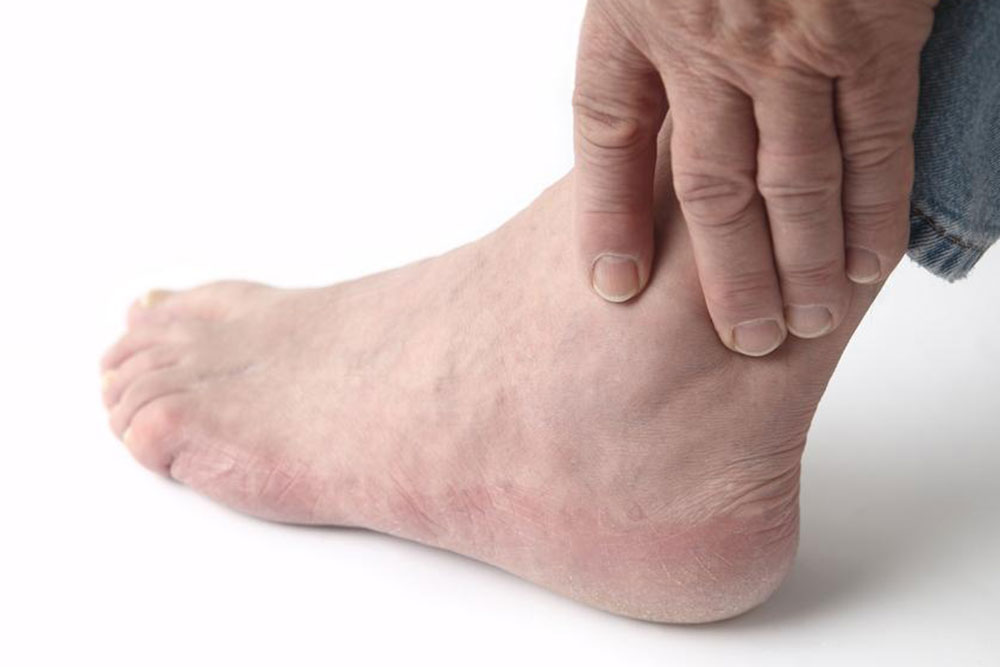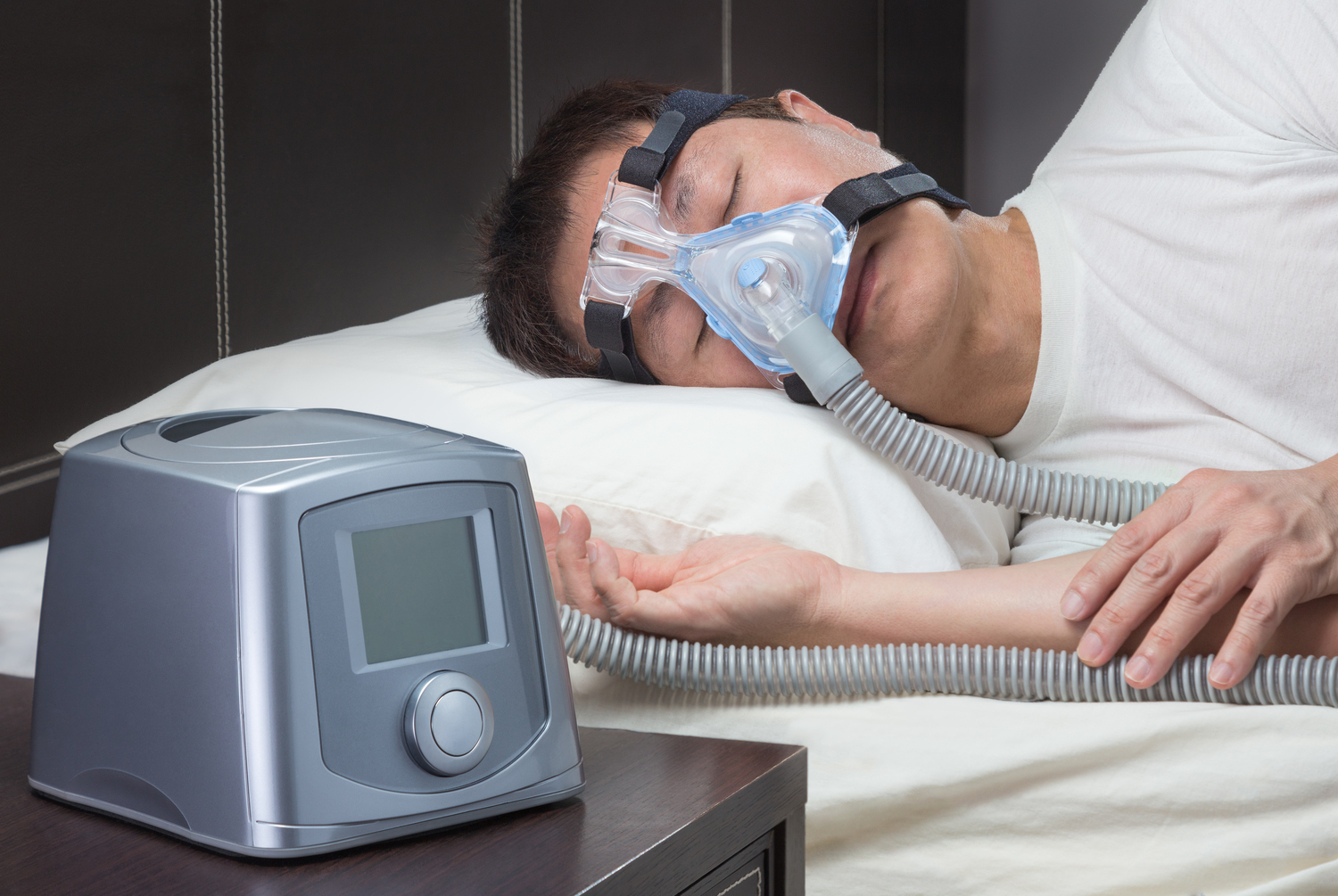The Ultimate Comprehensive Guide to Managing and Preventing Pinched Nerves
This comprehensive guide explores the causes, symptoms, and treatment options for pinched nerves. Emphasizing early detection and preventative measures, it provides valuable insights into managing nerve compression effectively, boosting overall nerve health and preventing future issues.

Understanding and Effectively Managing Pinched Nerves for Lasting Relief
A pinched nerve is a common injury that occurs when surrounding tissues such as bones, muscles, tendons, or cartilage exert excessive pressure on a nerve. This pressure impairs normal nerve function, often resulting in a variety of uncomfortable symptoms. Recognizing the root causes and early signs of nerve compression is crucial for prompt treatment and effective management. With the right approach, most people can find relief and prevent future episodes.
Pinched nerves can occur at different locations within the body, each with specific symptoms and causes. For example, herniated discs within the lumbar spine often press on nerve roots, leading to radiating pain down the leg — a condition frequently referred to as sciatica. Similarly, compression in the wrist can cause carpal tunnel syndrome, affecting hand and finger sensations. Understanding these conditions requires a detailed look at nerve anatomy and common sources of compression.
Nerves are vital components of the nervous system, originating from the brain and spinal cord. They serve as communication highways, transmitting signals responsible for sensation, movement, and autonomic functions. When nerves become pinched or compressed, their ability to send and receive signals is compromised, leading to symptoms that can range from mild discomfort to debilitating pain. Recognizing the warning signs early can significantly improve treatment outcomes.
Damage and dysfunction in nerves can vary widely, from temporary irritation to permanent injury. Minor compression might result in transient symptoms, but persistent or severe nerve damage can lead to chronic pain or loss of function. While some nerve injuries may be irreversible, medical interventions are often effective in alleviating symptoms and preventing further damage. This emphasizes the importance of timely diagnosis and personalized treatment strategies.
Recognizing the Signs and Symptoms of a Pinched Nerve
Understanding the physical signs associated with nerve compression is essential for seeking appropriate medical care. While pain is a common indicator, it is not always present. Symptoms can manifest in various ways, often depending on the location of the pinched nerve and its severity.
Localized pain, such as in the neck, lower back, or limbs
Muscle weakness impacting mobility and strength
Radiating pain that follows the course of the affected nerve, such as shooting pain down the leg (sciatica)
Burning sensations, tingling, or numbness, often described as pins and needles
Loss of sensation or altered perception in affected areas
These symptoms often worsen with certain movements or positions, such as turning the head, bending, or applying pressure to the area.
What Causes a Pinched Nerve?
The primary cause of a pinched nerve is excessive pressure from surrounding tissues. These tissues may include bones, tendons, muscles, or ligaments that encroach upon the nerve pathway. Common causes include:
Herniated or bulging discs pressing against nerve roots within the spine
Bone spurs resulting from osteoarthritis that narrow nerve channels
Swelling of tendons or ligaments, as seen in conditions like tendinitis or ligament hyperplasia
Repetitive motion injuries leading to strain and tissue swelling
Traumatic injuries from accidents or falls
Understanding these causes helps in designing targeted treatment strategies.
Risk Factors Contributing to Nerve Compression
Certain groups are more prone to developing pinched nerves due to specific risk factors:
Women, who are statistically more susceptible to carpal tunnel syndrome
Individuals with thyroid disorders, particularly hypothyroidism
People suffering from osteoarthritis or with bone spurs
Those with autoimmune conditions such as rheumatoid arthritis
Obese individuals, due to increased pressure on spine and joints
Repetitive motion workers or athletes engaged in strenuous activities
Effective Treatment Options for Pinched Nerves
Management of a pinched nerve requires an approach tailored to the severity and specific cause of the condition. Mild cases often improve with conservative measures, but persistent or severe symptoms might necessitate medical intervention. The goal of treatment is to reduce inflammation, decompress the nerve, and restore normal function.
Nonsteroidal anti-inflammatory drugs (NSAIDs) like ibuprofen help diminish inflammation and pain
Corticosteroid injections can provide targeted relief by reducing swelling around the nerve
Physical therapy focuses on strengthening muscles, improving flexibility, and correcting posture to relieve nerve pressure
Surgical procedures are considered when conservative treatment fails, including discectomy, nerve decompression, or removal of bone spurs
Splints or braces immobilize affected areas, providing rest and preventing further injury
Narcotics may be prescribed for short-term pain control but are used cautiously due to dependency risks
Alternative therapies, such as acupuncture or chiropractic adjustments, can also be part of a comprehensive treatment plan
Understanding the appropriate timing and choice of treatment options is vital for effective management.
Preventative Strategies to Avoid Future Nerve Compression
Prevention is always better than cure. Certain lifestyle habits can significantly reduce the risk of developing pinched nerves:
Maintain proper posture during work, recreation, and daily activities
Avoid prolonged fixed positions that put strain on the neck, back, or limbs
Manage weight effectively to lessen pressure on the spine and joints
Engage in regular exercises that improve strength, flexibility, and posture
Take frequent breaks during repetitive tasks to relieve strain and prevent overuse injuries
Use ergonomic equipment and supportive devices as needed to promote alignment
Incorporating these habits into daily life can help significantly reduce the risk and severity of nerve compression issues.





